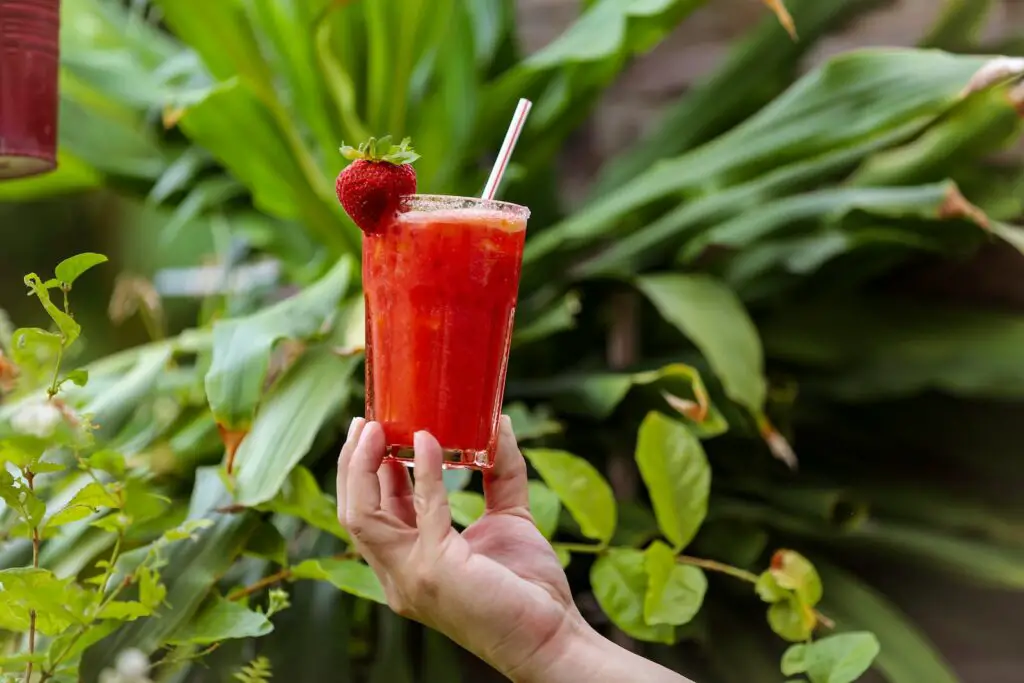Beers without alcohol are becoming more and more popular, giving people more options for a night out.
Adults are learning that non-alcoholic beers give refreshment whenever they desire the flavor of beer without alcohol, contrary to earlier beliefs that they should only be consumed by those who were pregnant, had health issues, or needed to drive.
The same fundamental materials that are used to make regular beer—cereal grains (such as malted barley or wheat), hops, yeast, and water—are also used to make non-alcoholic brews.
To considerably reduce or completely eliminate the alcohol in the finished product some actions are performed at points during the process.
Yeast in Non-Alcoholic Beer
Yeast remains extremely significant in the production of alcohol-free beers due to its involvement in flavor and texture.
Simply taking out the yeast after the beer has been made is the simplest approach to making a delicious beer without yeast. There are procedures where yeast can be filtered and removed before bottling.
In order to ensure that no organisms are left behind that could alter the flavor of the beer or the end product, the majority of popular beers are either cold-filtered or heat pasteurized to kill all yeast and bacteria. Both typically produce clear beer.
Which one is best to adopt if they both essentially accomplish the same thing?
Most people would contend that cold filtering the beer is preferable to heat pasteurization because it is less expensive and doesn’t alter the flavor as much.
Yeast correlation to the alcohol content
Yeast is a key component in non-alcoholic beer because it changes sugar into alcohol and carbon dioxide in the process called Fermentation.
In addition to producing carbon dioxide and alcohol, yeast also creates additional substances that add to the characteristics of non-alcoholic beer.
There are various yeast strains. Manufacturers use the idea that some don’t create as much alcohol as others to their advantage when making non-alcoholic beer.
There are some strains particularly ideal for various types of beer. The quality and characteristics of the beer are substantially influenced by the yeast utilized.
How much alcohol is in alcohol-free beer?
Most “alcohol-free” beers only contain a very small quantity of alcohol; a pint of 0.5% beer contains about 2.2g of alcohol. It could seem like a lot.
However, it won’t make you drunk and really contains about the same amount of alcohol as regular foods and beverages that aren’t marked as having alcohol.
Research has revealed that several fruits have up to 0.35% alcohol by volume. This implies that a large glass of orange juice, a ripe banana, or a hamburger bun has considerably more alcohol than a pint of 0.05% beer.
And to receive the 2.2g of alcohol found in a pint of 0.5% beer, you’d simply need to devour a few ripe bananas or a few hamburger buns.
Non-Alcoholic Beer laws in different countries
Beers labeled as “light” are frequently ones with less alcohol, while in other nations, the term “light” refers to items with fewer calories.
Each country has its own language and legal definitions for low- and no-alcohol beers. Such as
- US law defines fermented beverages with an alcohol by volume (ABV) less than 0.5% as “malt beverages,” not “beers.”
- Any alcoholic drink that carries more than 15%ABV cannot be marketed as “low alcohol” in Australia or New Zealand.
- UK: ‘alcohol-free’ or ‘no alcohol’ drinks have no more than 0.5% ABV.
Methods used to create Non-alcoholic beer
CONTROLLED FERMENTATION
The most typical process for making non-alcoholic beers is controlled fermentation or arrested fermentation.
It requires brewing the beer in a similar way to that used in traditionally alcoholic brews but interrupting the fermentation process before it normally produces alcohol.
This is accomplished by making sure the wort doesn’t get any hotter than 60°F. This indicates that during this phase, the yeast does not create any alcohol resulting in a non-alcoholic or low-alcohol beer.
DILUTION
Beer that has been finished is diluted by adding water, which lowers the alcohol concentration.
The quantity of water infused will be dependent on the original brew’s alcohol content but is normally 10% or less.
DEALCOHOLIZATION
Dealcoholization is the removal of alcohol from a liquid that already has alcohol in it. The most typical method for doing this is to pressurize the liquid while adding water or steam and heating it.
Alcohol is now released as vapor into a condenser, where it is gathered and expelled. Residual liquid without alcohol is then supplied as beer.
Conclusion
No matter how much alcohol is in a beer, the four main constituents are grains, hops, yeast, and water. In order to improve the taste, color, and flavor of non-alcoholic beer, many beer makers use other ingredients in addition to these four.
Drinkers should make sure to read the ingredient labels before having a drink as some of these added components may be allergenic.
Both ordinary and non-alcoholic beers are acidic. A healthy person’s system won’t be disrupted by the acid content, though.
On the other hand, those who suffer from gastroesophageal reflux disease need to drink these non-alcoholic beers with greater caution.
